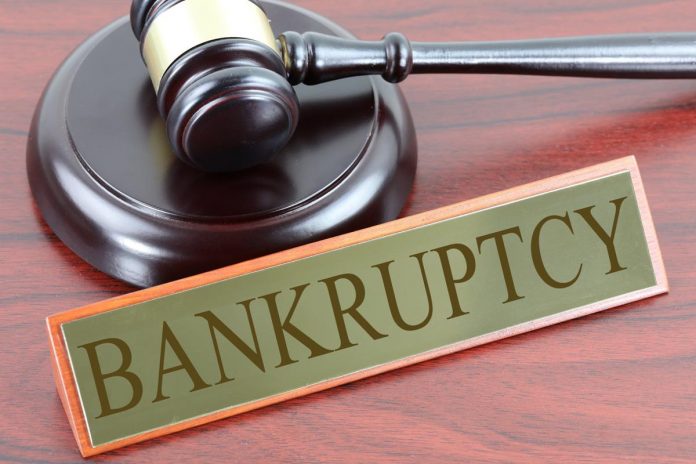Most people tend to believe that discharging student loans through bankruptcy is not possible, now is the time to burst this myth. Partial or full discharge of student loans by declaring bankruptcy is no more a difficult job.
Statistics show that between April and June 2019, about $8.6 million worth of student loans were discharged in Colorado. Though this is not a small figure, it seems that only about 4,500 people out of around 700,000 borrowers in Colorado Springs had applied for bankruptcy during this time.
This proves that discharging student loans through bankruptcy in Colorado Springs is definitely feasible. All that’s required is to apply for the bankruptcy through an efficient lawyer well-established in this field who would know all the nooks and crannies and can guide accordingly.
Bankruptcy can be filed either under Chapter 7 or Chapter 13 where the borrower is required to prove that the loan is actually imposing unwarranted hardship on him and his dependents. The most common tests for estimating undue hardship are the Brunner Test and the Totality of Circumstances Test.
These tests state that the above condition is true if the borrower is unable to maintain a minimalistic standard of living after paying for the debts. Also, the same situation is likely to continue for most of the loan repayment period. The Brunner Test also verifies that the borrower has made a good faith effort to repay the debt by utilizing the options provided for financial relief like deferments, forbearances, extended repayment, and income-driven repayment plans.
Now, to prove that the loan amount is posing undue distress on the debtor, it is necessary to fulfil at least one of the below-mentioned criteria:
- The debtor is sick or disabled or has a dependent who is so.
- They have dire financial constraints such as really high medical and/or disability-related expenses for which they cannot afford to pay the debt.
- They are either unemployed, partially employed or reached their maximum earning capacity but still unable to repay.
- They are old and nearing the age of retirement with no conceivable income to pay the debt.
- They are trapped in a vicious circle of poverty i.e. they have other debts and the combined debt amount is beyond their capacity to repay.
- The education for which the loan was taken did not benefit the borrower.
- The institution of education turned out to be fraudulent.
However, it is not an easy task to prove any of these. Federal laws are more in favour of the creditors. Hence, the borrower has to apply for an adversary proceeding within the bankruptcy procedure. This allows the lender an opportunity to discredit the debtor’s claim of insolvency.
Due to the complexities involved in such cases, hiring an expert lawyer to file for bankruptcy in Colorado Springs is the ideal thing to do. They give sound financial advice by pointing out the legitimate options available and help with the adversary proceedings. In case the court fails to discharge the student loan, the borrower can change the existing repayment plans by contacting their loan service provider.
Conclusion
In a state where there are 80,600 unemployed residents and 97,200 partially employed workers, it is more likely that the borrowers fail to repay their education loans. However, the main thing here is to apply for bankruptcy at the correct time. Doing so not only saves people from repeated calls from the creditors but also opens up several courses of action for the debtors.















